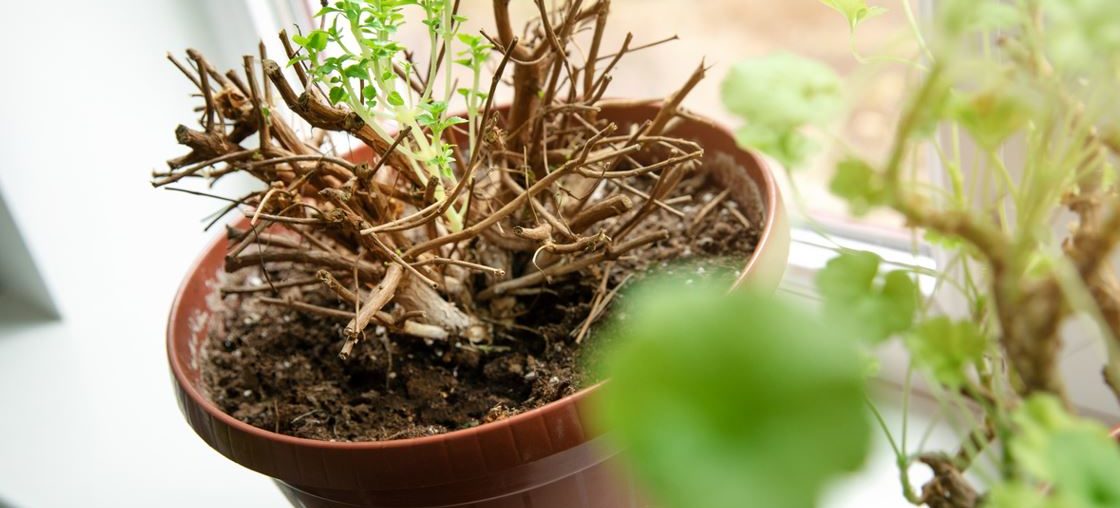Fuchsias are plants that give very pretty colorful flowers, they are perfect for decorating your garden. Of all colors and shapes, their bells bring cheerfulness to your outdoor space. Cutting a fuchsia is quite simple, here are the keys to achieve it easily.
The advantages of cuttings
The main advantage of cuttings lies in the fact that multiplication makes it possible to obtain plants that are strictly identical to the mother plant. You can thus reproduce identically the plant you love so much. This is a very important aspect for fuchsia which exists in hundreds of different varieties.
In addition, cuttings are less random than sowing and faster than the latter.
And finally, it is economical since the cuttings do not generate any costs.
For which fuchsias?
All fuchsias are easily propagated by cuttings. The recovery is excellent both for the so-called greenhouse fuchsias grown in pots and for the hardy and semi-hardy shrub fuchsias.
When to make your fuchsia cuttings?
You can of course take cuttings in the spring, but the best time is the second half of summer, as is the case with most flowering plants and shrubs.
The cuttings are taken from the 2e fortnight in August, on stems from August. You thus benefit from the summer heat.
The other period, also suitable for fuchsia cuttings, covers the period from May-June, when the temperatures are milder, day and night and the frosts are far away.
It is always preferable to carry out its cuttings in waning moon, it is the period during which the sap goes down in the underground parts.
Remember to clean your pruning shears with 90 ° alcohol before starting to cut to avoid disease.
How to cut fuchsias?
Take the cuttings:
To do this, cut the end of the herbaceous stems, that is to say those that do not bear a flower bud or flower. Count 5 to 6 cm, this is enough, generally, there are three tiers of leaves, from the end.
Delete the bottom leaves:
It is necessary to remove the leaves located at the bottom of the cutting. If the cut is not clean, re-cut just below the removed leaves.
It is sometimes advisable to soak the bottom of the resulting stem in cutting hormone, but many gardeners think this is not necessary.
Preparation of the planting mixture:
The cuttings can be transplanted in a special soil for cuttings and seedlings. You can prepare a mixture of sand and peat in equal parts. The peat retains moisture and the sand provides drainage which prevents rotting.
Installation:
The cuttings can be installed in a box or a terracotta pot.
- Fill the pot with soil
- Make holes with a craft stick
- Plant your stems in the holes, the leaves kept should be above the ground
- Firmly tamp and put the cutting in contact with the soil
Watering:
Keep the mixture moist, spray regularly with a sprayer.
If you have a chassis, use it: the recovery is more assured in the muffled by combining high heat and humidity. Cover your pot with transparent plastic held in place by an elastic band, you will obtain the same conditions.
Place the cuttings in a bright place, but out of direct sunlight.
How to do after rooting?
After rooting, shoots begin to appear. Put the potted plants in a good potting soil, special for potting. The pots should be about 7 cm in diameter.
Place the young plants in the shade. Watch for watering until late fall. Winter temperatures should not be lower than 5 ° C.








